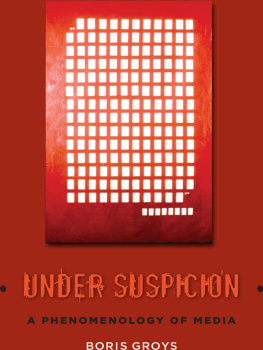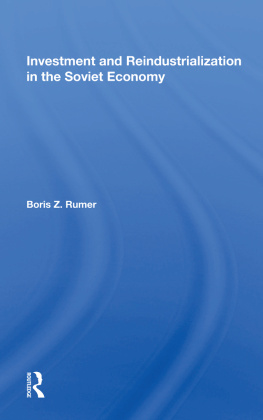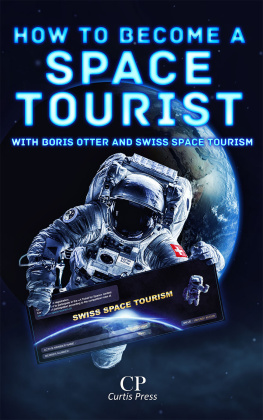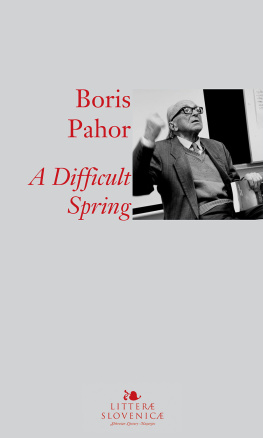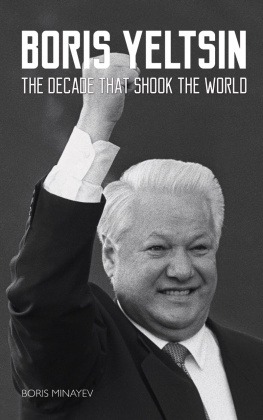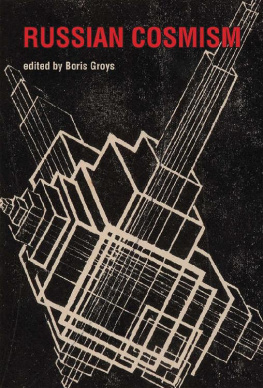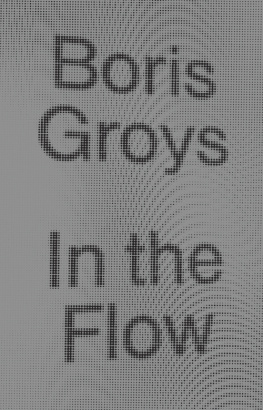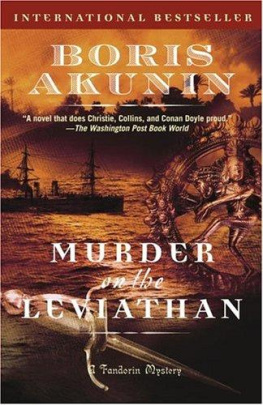UNDER SUSPICION
Columbia Themes in Philosophy,
Social Criticism, and the Arts
COLUMBIA THEMES IN PHILOSOPHY, SOCIAL CRITICISM, AND THE ARTS
Lydia Goehr and Gregg M. Horowitz, Editors
Advisory Board
J. M. Bernstein
T. J. Clark
Nol Carroll
Arthur C. Danto
Martin Donougho
David Frisby
Boris Gasparov
Eileen Gillooly
Thomas S. Grey
Miriam Bratu Hansen
Robert Hullot-Kentor
Michael Kelly
Richard Leppert
Janet Wolff
Columbia Themes in Philosophy, Social Criticism, and the Arts presents monographs, essay collections, and short books on philosophy and aesthetic theory. It aims to publish books that show the ability of the arts to stimulate critical reflection on modern and contemporary social, political, and cultural life. Art is not now, if it ever was, a realm of human activity independent of the complex realities of social organization and change, political authority and antagonism, cultural domination and resistance. The possibilities of critical thought embedded in the arts are most fruitfully expressed when addressed to readers across the various fields of social and humanistic inquiry. The idea of philosophy in the series title ought to be understood, therefore, to embrace forms of discussion that begin where mere academic expertise exhausts itself, where the rules of social, political, and cultural practice are both affirmed and challenged, and where new thinking takes place. The series does not privilege any particular art, nor does it ask for the arts to be mutually isolated. The series encourages writing from the many fields of thoughtful and critical inquiry.
For a list of titles in the series, see .
Under Suspicion
A PHENOMENOLOGY OF MEDIA
Boris Groys
Translated by Carsten Strathausen
COLUMBIA UNIVERSITY PRESS NEW YORK

COLUMBIA UNIVERSITY PRESS
Publishers Since 1893
NEW YORK CHICHESTER, WEST SUSSEX
cup.columbia.edu
Copyright Unter Verdacht. Eine Phnomenologie der Medien 2000 Carl Hanser
Verlag Mnchen Wien
English translation Copyright 2012 Columbia University Press
All rights reserved
E-ISBN-978-0-231-51849-9
The author and Columbia University Press gratefully acknowledge the support of ZKM/Center for Art and Media, Karlsruhe, in the publication of this book.
Library of Congress Cataloging-in-Publication Data
Groys, Boris.
[Unter Verdacht. English]
Under suspicion : a phenomenology of media / Boris Groys; translated by Carsten Strathausen.
p. cm.(Columbia themes in philosophy, social criticism, and the arts)
Includes bibliographical references and index.
ISBN 978-0-231-14618-0 (cloth : alk. paper)ISBN 978-0-231-51849-9 (ebook)
1. ArtPhilosophy. 2. Aesthetics, Modern20th century. 3. Postmodernism. I. Title.
N7445.4.G7613 2012
302.2301dc23
2011047167
A Columbia University Press E-book.
CUP would be pleased to hear about your reading experience with this e-book at .
References to Internet Web sites (URLs) were accurate at the time of writing. Neither the author nor Columbia University Press is responsible for URLs that may have expired or changed since the manuscript was prepared.
Contents
As I said, I am solely interested in the politics of immortalityhow one becomes a pure soul, an indestructible mummy, a living corpse.
Groys, Politik der Unsterblichkeit
East, West, and the Topography of Art
The second part of Under Suspicion examines this notion within a broad anthropological and philosophical context through detailed readings of Marcel Mauss, Claude Lvi-Strauss, Georges Bataille, Jacques Lacan, Jacques Derrida, and Jean-Franois Lyotard. Groyss analysis of these thinkers is both lucid and entertaining, and there is little need to comment on them in the course of this introduction.
This preface is less concerned with summarizing the main theses of Under Suspicion than with contextualizing thembiographically and philosophically, geographically and institutionally. This broad contextualization is crucial for two reasons: first, because it mirrors Groyss own epistemological relativism and his emphasis on contextual thinking; second, because it enables us to address the multiple intellectual traditions that have shaped Groyss work overall. Particularly in the United States and Canada, Groys is still best known as a curator and critic of modern art. This reputation is largely due to the international successand fierce critiqueof his first book, Gesamtkunstwerk Stalin, the English translation of which appeared in 1992.
Regardless of whether one considers this critique justified or not, the charges themselves are symptomatic of the intellectual provocation characteristic of Groyss work in general. All of his major publications share a stylistic aptitude for poignantand often controversialobservations and a thematic focus on the relationship of art, philosophy, and power. Inspired by FoucaultGroys explicitly called his Gesamtkunstwerk Stalin a cultural archaeologyGroyss notion of power, however, is by no means limited to the realm of politics, propaganda, and (totalitarian) forms of oppression. Instead, it encompasses the entire field of social, institutional, and economic forces that shaped modern art and culture in East and West alike. This methodological emphasis on sociohistorical contextualization dominated the last section of Gesamtkunstwerk Stalin, which examined the legacy of the avant-garde and socialist realism in the Soviet Unions postutopian culture of the 1970s and eighties. Yet this chapter was largely ignored by Western critics. This oversight, in Groyss view, is deeply symptomatic of the Wests reluctance to move beyond its stereotypical understanding of Russian history and culture, whose contemporary artistic achievements, he argues, continue to be dismissed by academic scholars and public audiences alike.
The Western art market, in other words, is no more genuine or natural for the historical development of artistic forms of expression than the former Easts state-governed control. Instead, both systemsfree art market and state-governed propagandafunction as socially constructed, rather than naturally given, spaces for the production and consumption of whatever we choose to call art.
Metanoia; or, The Loss of Self
The sociocultural divide between East and West remains a central theme throughout Groyss writings. His critical, almost clinical gaze on Western art and its cultural institutions clearly reflects his unique personal and intellectual history. Boris Efimovich Groys was born in 1947 in East Berlin but grew up in Russia, where he studied philosophy and mathematics at Leningrad University from 1965 until 1971. During his subsequent employment as a research fellow at Moscow State University, he forged strong intellectual ties with underground Russian artists and intellectuals that continued to influence his thinking even after his eventual emigration to West Germany in 1981. In the mid-1980s, Groys received his doctoral degree and assumed a position at the University of Mnster, where he remained until his appointment as Professor of Philosophy, Aesthetics, and Media Theory at the Karlsruhe State College of Design in 1994. Since then, Groys has given numerous lectures around the world and held visiting appointments at several American universities, most notably at the University of Pennsylvania and the University of Southern California. His extended visits to the United States led him to accept a position as Global Distinguished Professor of Russian and Slavic Studies at New York University in 2009.
In spite of this considerable international success, Groys remainsor, at least, considers himselfan intellectual outsider in the West, as he emphasized in the late 1990s:
Next page
